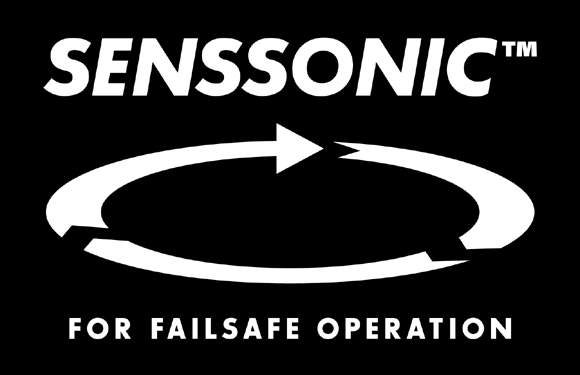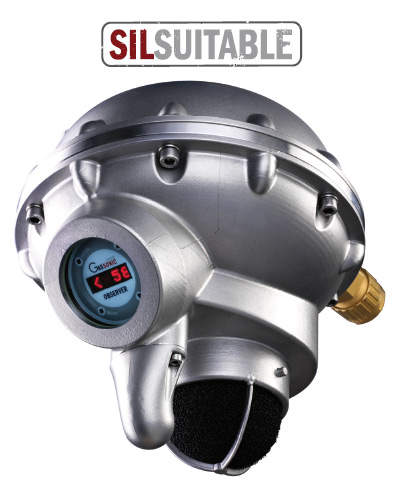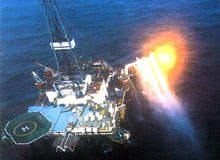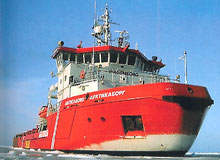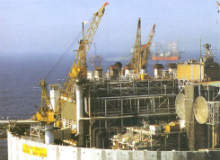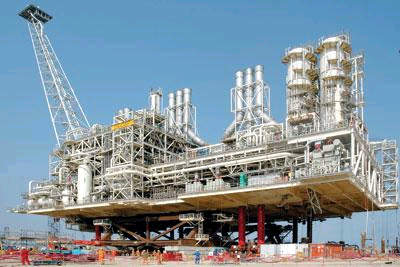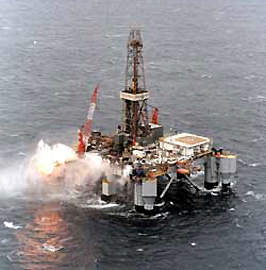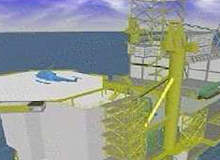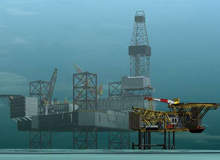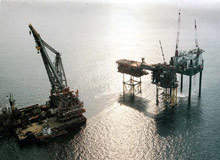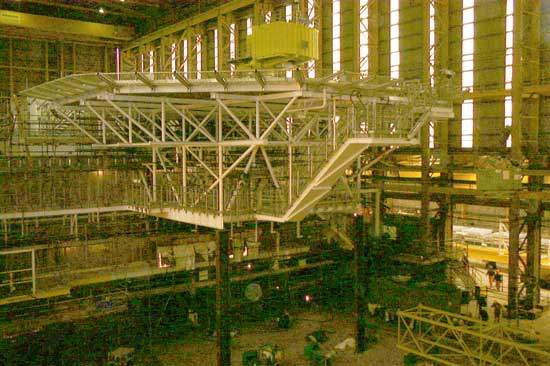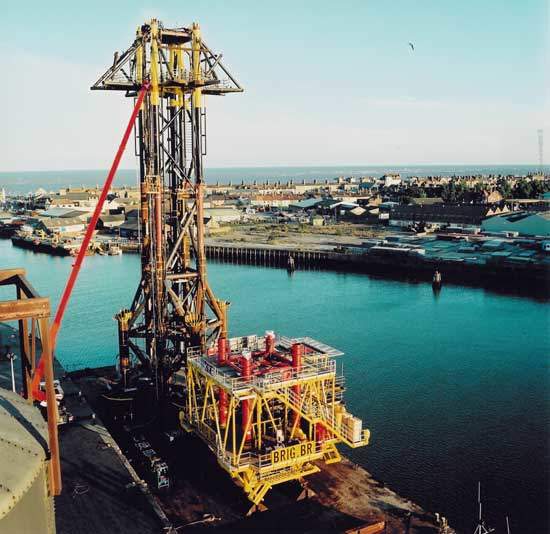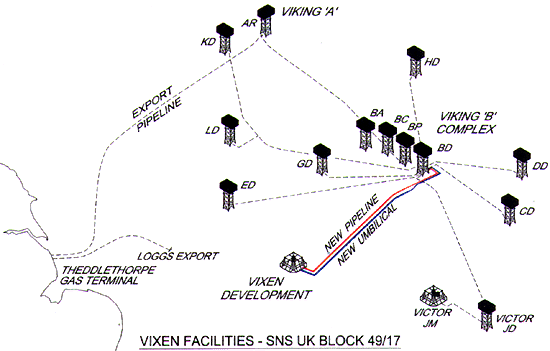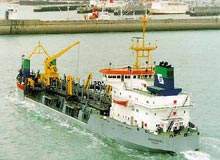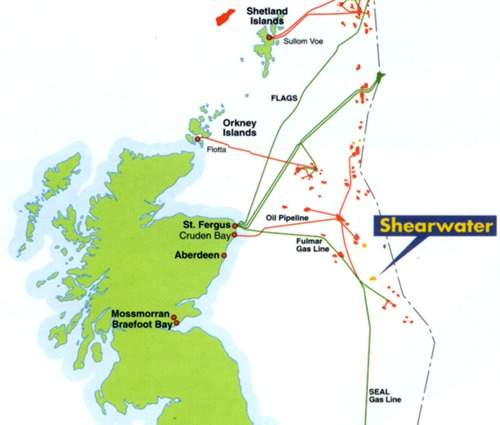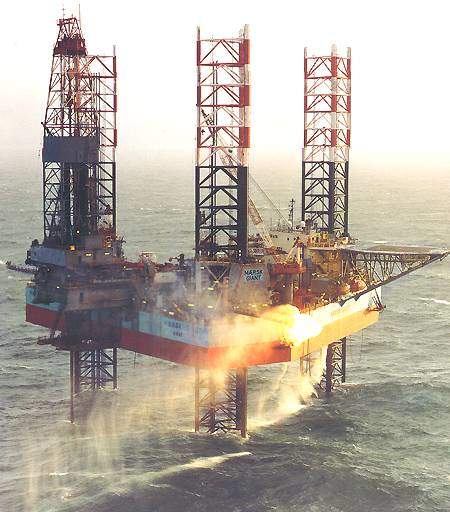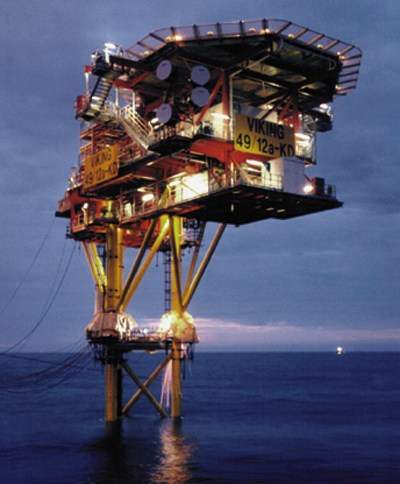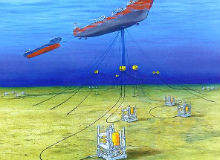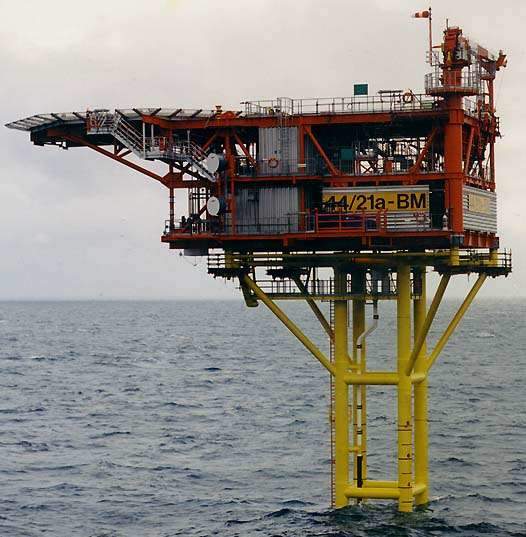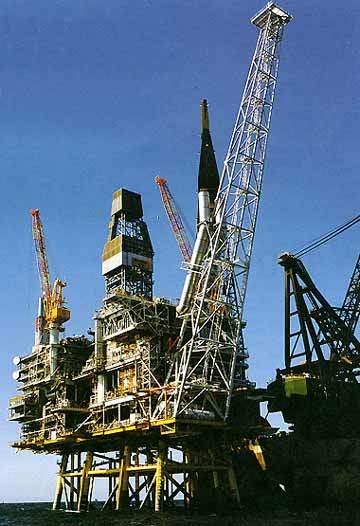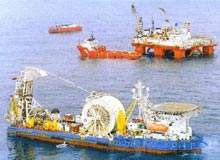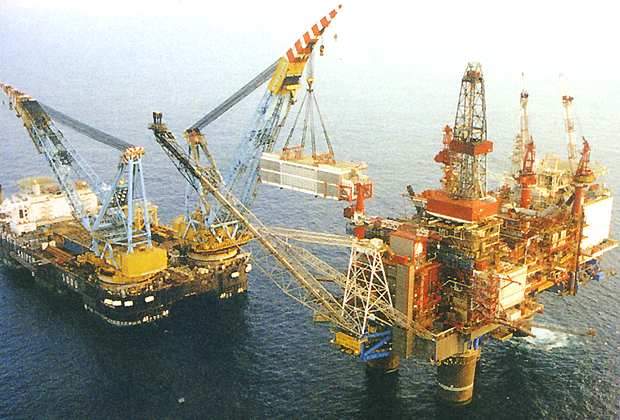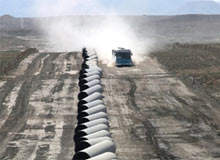Gassonic is the world leader in developing and manufacturing fixed ultrasonic gas leak detectors for the oil and gas industry. Gassonic has supplied the industry with gas detectors as well as onsite services for more than a decade. Main products include Gassonic Observer, Gassonic Surveyor and Gassonic MM0100. Gassonic is today part of the General Monitors family of companies.
Instant acoustic gas leak detection
Gassonic ultrasonic gas leak detectors detect outdoor hydrocarbon gas leaks by sensing the distinct high frequency acoustic ultrasound emitted by all high-pressure gas leaks.
Based on robust microphone gas sensing technology, the Gassonic detector only needs to detect the sound of the leaking gas in order to operate. Gassonic’s ultrasonic gas leak detectors instantly detect gas leaks as small as 0.1kg/sec at distances up to 20m from the leak source, regardless of ambient conditions, changing wind direction or fast dilution of the gas cloud.
Gassonic Observer gas leak detector
The Gassonic Observer is the most advanced ultrasonic gas leak detector in the market. It is built in a stainless steel 316L flame-proof housing. The detector was developed due to requests from major oil / gas companies asking for failsafe gas detection instrumentation. Therefore the SENSSONIC™ self-test technology is an integrated part of the detector. Besides, it has a 4mA-20mA analogue output, RS485 digital communication interface and it is certified for use in hazardous offshore environments (ATEX, UL/C-UL, IEC Ex, GGTN K).
Fixed gas detection instrumentation
Traditional gas leak detection instrumentation was designed to operate when gas builds up to an explosive concentration. For these systems to work, the gas needs to come into physical contact with the detector or an IR source.
However, the harsh environmental conditions found in most oil and gas facilities often prevent gas from reaching the detector. As a result, conventional gas detection systems often fail in turbulent conditions. In a recent report the Health and Safety Executive (HSE) in the UK concluded that only 65% of all hydrocarbon gas leaks in the North Sea were detected by conventional gas detection systems.
Pre-defined gas detection coverage
With ultrasonic gas leak detection an accurate detection coverage range for the individual detector can be determined and verified prior to installation. For detection of industry standard small leaks at 0.1kg/s (ref: methane) the detection coverage will be up to 20m. The exact coverage and positioning of the detectors can be based on an ultrasonic background noise mapping onsite, which trained Gassonic personnel can assist customers with.
Gas leak simulation
As opposed to conventional technologies, it is possible to actually verify the detection radius and thus the performance of the ultrasonic gas leak detectors. This is done by simulating gas leaks by means of a high-pressure hose connected to a portable bottle of nitrogen gas while commissioning the system.
With the new patented detector, the Gassonic Observer, the integrated Senssonic™ acoustic integrity test continuously simulates gas leaks by emitting an acoustic signal every fifteen minutes. If the detector’s microphone is unable to pick up the leak, an acoustic error will be raised on the digital interface or the 4mA-20mA output immediately.
Reducing costs on the gas detection system
One ultrasonic gas detector may replace three to four point gas detectors, which may not only reduce initial spending. Wiring costs and running maintenance will also be reduced dramatically. In particular, this is because the ultrasonic gas detectors do not require regular re-calibration and maintenance, as do conventional detectors.
Oil and gas applications
The Gassonic ultrasonic gas leak detectors can be used as part of the F&G detection system for all kinds of gas processing facilities where the gas pressure is above 10bar (150psi). Typical applications include:
- Offshore oil / gas platforms
- Onshore oil / gas terminals
- Floating production storage and offloading vessels (FPSOs)
- Gas compressor and metering stations along pipelines
- LNG / GTL plants
- Underground gas storage facilities
- Downstream chemical processing plants (ethylene, methanol, ammonia and propylene)
- Refineries
- Gas turbine power plants
Gas leak detection at the speed of sound
Gassonic has delivered more than 3,000 ultrasonic gas leak detectors for instant hydrocarbon gas detection in the petrochemical industry worldwide. The company has dedicated and experienced distributors throughout the world. Gassonic is certified according to ISO9001-2000.





